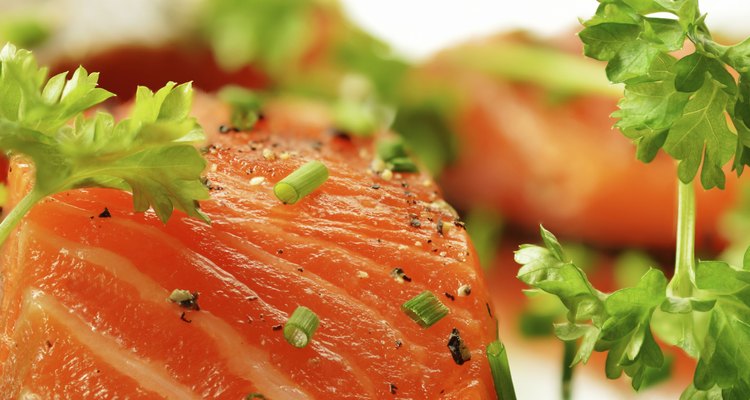
Cogent-Marketing/iStock/Getty Images
Pink salmon, Oncorhynchus gorbuscha, are a bright silver fish with a large hump on the dorsal ridge just behind the head. Called "humpies" by Alaskan locals, they're not considered a high-quality steak fish. However, their meat preserves well and is one of the more widely available canned salmons.
Serving Size and Calories
The U.S. Department of Agriculture identifies one serving of canned, pink salmon as 3 oz. A portion this size carries 118 calories, of which 46 come from fat. The remaining calories come from proteins. Canned salmon contains no carbohydrates, the third basic nutrient.
Fat Profile
Three oz., about 85g, of canned pink salmon contains 5.1 g of total fat. This includes 1.3 g of saturated fats, the unhealthy kind that can block and clog arteries by producing LDL cholesterol. The remaining fats are heart-healthy unsaturated fats. According to Harvard nutritionist Walter Willett, the important aspect of fats in a food is the ratio of good fats to bad, not the raw amount of any given fat type. Pink salmon, like most fish, are rich in omega-3 fatty acids. One portion contains 1493 mg of this heart- and brain- healthy compound.
Proteins and Carbohydrates
One serving of canned, pink salmon contains 16.8 g of protein, just over one-third of your USDA recommended daily intake. As an animal protein, these are complete proteins. They deliver all of the amino acids your body needs, but can't make for itself. Canned, pink salmon delivers no carbohydrates.
Vitamins and Minerals
Canned, pink salmon is incredibly rich in vitamin D. Just one 3-oz. serving delivers more than 100 percent of your daily allowance. Along with the vitamin D, one serving brings 62 percent of your vitamin B12, 40 percent of your selenium, 28 percent of your phosphorus and niacin, and 13 percent of your vitamin B6. Canned, pink salmon also delivers smaller, but appreciable, amounts of riboflavin, folate, pantothenic acid, iron, calcium, potassium, zinc and copper. This does come at the cost of 471 mg of sodium per serving -- 20 percent of your daily allowance.
Contamination
Because of pollution levels in the ocean, parenting books "Baby 411" and "Expecting 411" caution expectant mothers from eating fish. Toxins, especially mercury, found in many fish may cause birth defects. Although wild Alaskan salmon is considered among the safest fish to eat, the risk for pregnant women exceeds the potential rewards.
Related Articles
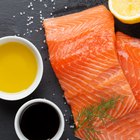
Calories in Wild Alaskan Salmon

Is Orange Roughy Safe to Eat?

A List of Foods That Contain Choline

Food Sources of Phosphatidylcholine
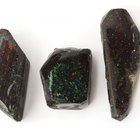
Which Types of Gems Are Most Expensive?
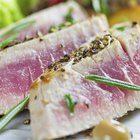
Tuna Steaks Nutrition

Cocoa Butter Nutrition

How Valuable Is a Garnet in Carats?

Physical Characteristics of the Ruby ...

Nutrition Facts for Domino's Philly ...

Is it Healthier to Cook Salmon With Its ...
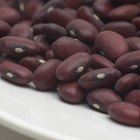
Red Kidney Beans Nutrition

Foods From Rainforest Plants

Canned Tuna Vs. Fresh Tuna

Alkaline Diet & Protein Foods

Can You Eat Sour Cream If It's Been ...
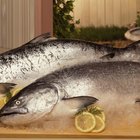
Canned Salmon and Metal Toxins
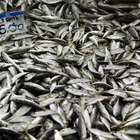
Jack Mackerel Omega-3 Nutrition

How Many Calories Are in a Whopper With ...

Foods Containing DMAE
References
- "Baby 411"; Denise Fields & Ari Brown; 2009
- "Expecting 411"; Ari Brown, et al; 2010
- "National Nutrient Database for Standard Reference;" U.S. Department of Agriculture; 2009
- "Eat, Drink and Be Healthy"; Walter Willet & P.J. Skerrett; 2005
Writer Bio
Jake Wayne has written professionally for more than 12 years, including assignments in business writing, national magazines and book-length projects. He has a psychology degree from the University of Oregon and black belts in three martial arts.
Photo Credits
Cogent-Marketing/iStock/Getty Images